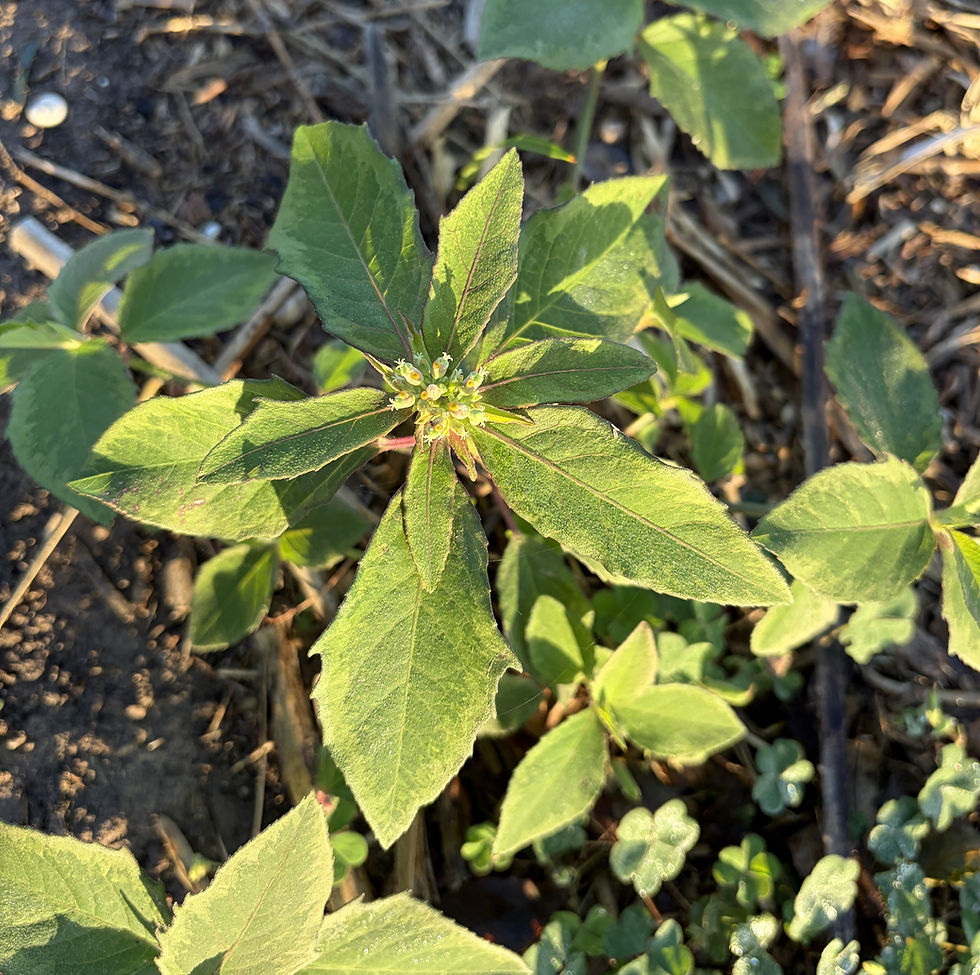Whose chick is it anyway?
- jjvanm
- Jan 4, 2023
- 3 min read
Story and photos by Anita Westervelt, South Texas Border Chapter

The American avocet, like a totally modern woman, secures child minding prior to the arrival of the little ones.
Well, that may be putting it in too perfect a light about the pre-planning. Female American avocets have been known to sometimes lay their eggs in the nest of another female who incubates them without noticing. She may also do it with other species. Baby-sitting’s not that much trouble for the stand-in mom anyway, once the hatchlings emerge; American avocet chicks leave the nest within 24 hours of hatching. At a day old, avocets can walk, swim, find food and even dive to escape predators.
Common terns and black-necked stilts may do the same to an avocet nest. American avocets place their nests directly on the ground, as do black-necked stilts, which might be just a small depression, bare or lined with grass, other vegetation or pebbles and other small objects – not a lot of security, which allows for that surreptitious egg or two to be added. In the case of the stilts, the avocets have reared the hatchlings as if they were their own. So, it’s all good!

Avocet nesting and breeding antics aren’t something we’ll witness here on the Texas Coast. We’re likely to only see the avocets in the winter when they head to the coast to lagoons, saltwater ponds and mudflats from their breeding grounds in the western Great Plains, Canada, Montana, Dakotas, eastern New Mexico and the Texas Panhandle. If the water conditions are right, the avocets are likely to join our permanent resident black-necked stilts.
American avocets are not frequent visitors to our ever-changing resaca conditions on the outskirts of San Benito. The only other time was August 2012, when a pair showed up still in breeding plumage: rusty-cinnamon head and neck.
The eight visiting this November are in basic colors, light gray head and neck, black and white uppers, pure white underparts and light blue legs. According to allaboutbirds.org, “you’ll have to look long and hard for an American avocet because they are extremely selective, especially liking shallow wetlands with little vegetation.” With the lack of measurable precipitation this year, the receding waters of our resaca offer those shallow conditions.
Both American avocets and black-necked stilts have long necks and long slender bills. American avocets are a graceful and elegant long-legged bird, the tallest in their family, the Recurvirostridae family. Black-necked stilts, a smaller black and white plumaged member of the same family also have long slender legs, but strikingly reddish in color.
Avocets feed by thrusting their bill underwater and swinging it side to side along the bottom to stir up aquatic insects. They eat beetles, water boatmen, midges, brine flies, fairy shrimp, water fleas, larvae, small fish and sometimes seeds from aquatic plants.

Black-necked stilts feed by capturing prey in a quick peck, or they will chase small fish and trap them in the shallows for easy striking; they also will swing their bill side to side in the water to feed, like avocets do. Their diet is similar to the American avocet along with mosquito larvae, caddisflies, dragonflies, mayflies, crickets, grasshoppers and small frogs. Like avocets, their young are able to walk within 24 hours of hatching and feed themselves; the parents of both groups continue to care for their chicks until first flight, which isn’t until the young are four to five weeks old.
- 30 -





